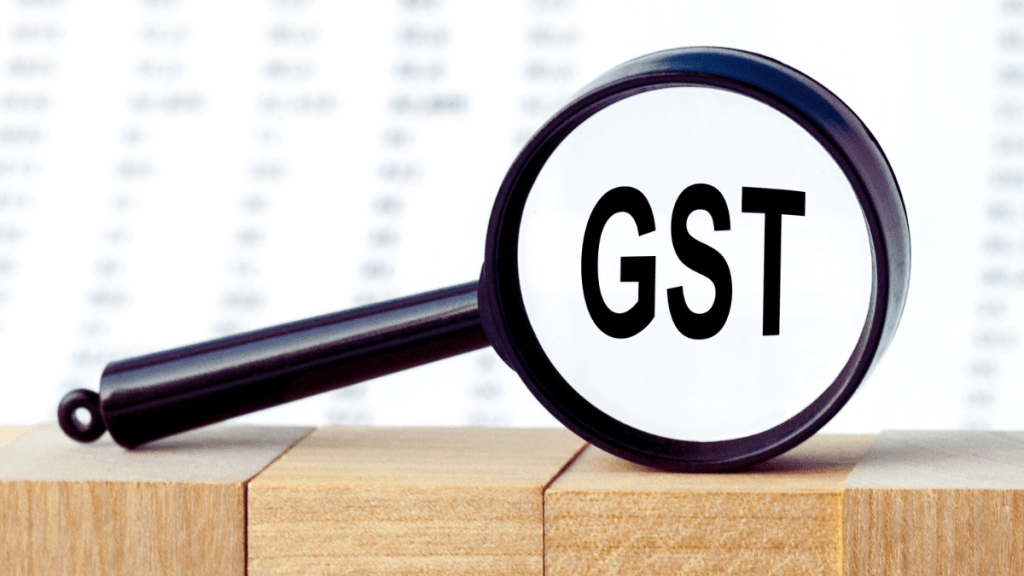The proposed Goods and Services tax (GST) reforms may involve a cut in the tax on buses from 28% to 18% and that on tractors from 12% to 5%, official sources said. The move would give a further fillip to the sales of these two categories of vehicles, which have outpaced the cars and two-wheelers segments in recent months.
Lower tax seen as push for farm mechanisation
The Centre has suggested that tools and machinery used by farmers should attract a lower tax rate to increase productivity and mechanisation of farming. Under this plan, the lower tax on tractors and parts will reduce the capital investment and maintenance costs of farmers, which will positively impact their incomes.
The tractor industry feels that the lower tax should impact demand favourably. “The only thing we expect the government to do is to maintain the eligibility for taking input tax credit and continue to give us refunds for that because the input taxes are still high,” said Bharat Madan, director and CFO, Escorts Kubota.
The input costs are in the 14-15% range, and our output tax is at 12%, he said. “If we move to 5% GST but the input tax remains in the same range, then it will be a bigger challenge because the working capital will be very high, like 4-5 times of today’s levels,” Madan said.
As per the Tractor and Mechanisation Association (TMA), domestic tractor volumes increased by 14% during the January to July period. The industry saw volumes of 550,948 during the seven months, as compared to 484,024 units sold in the same period last year.
Bus makers expect long-term benefits
Currently, buses (motor vehicles for the transport of ten or more persons, including the driver) attract 28% GST. Chassis fitted with engines and whole bodies for buses also attract 28% GST.
The bus segment over the last two years has been very strong, and there has been a lot of support from the government with their own incentives for electric buses.
“In my view, any push for consumers is always welcome. Despite a very good performance over the last two years and the current year as well, the reduction in GST would be beneficial in the long term for the bus segment,” said Dheeraj Hinduja, executive chairman, Ashok Leyland.
In FY25, domestic medium and heavy bus sales jumped 23% to 66,328 units compared to FY24. Sales of such passenger carriers in the light vehicle segment increased by 6% in the same year to 54,807 compared to FY24, according to Society of Indian Automobile Manufacturers (SIAM) data.
The finance ministry has sent a “holistic” proposal to a Group of Ministers on Rate Rationalisation, whereby the tax could have a 5% merit rate and a standard levy of 18%. Besides, a small number (five to seven) of sin and luxury items could be moved to a special rate of 40%, the higher threshold allowed under the current GST laws. The restructuring would also lead to the removal of the “compensation cess’ by December, given that cess proceeds to be collected by November would suffice to repay the loans taken to bridge a shortfall in the relevant kitty.

